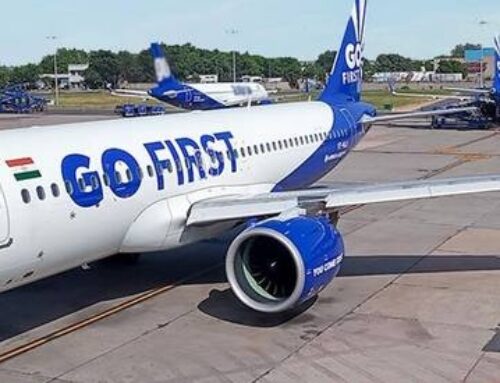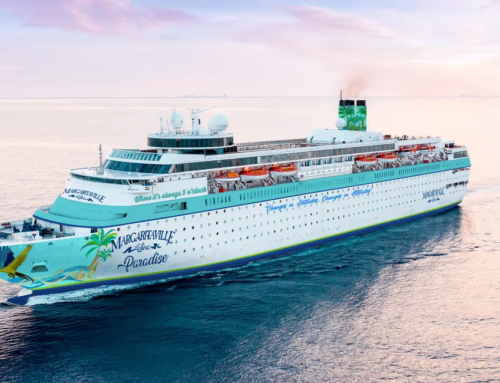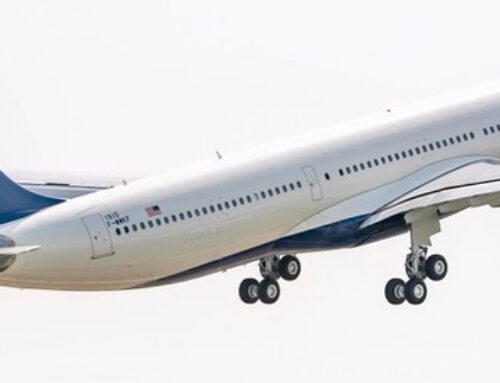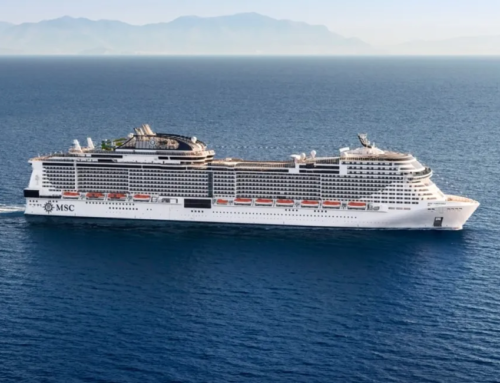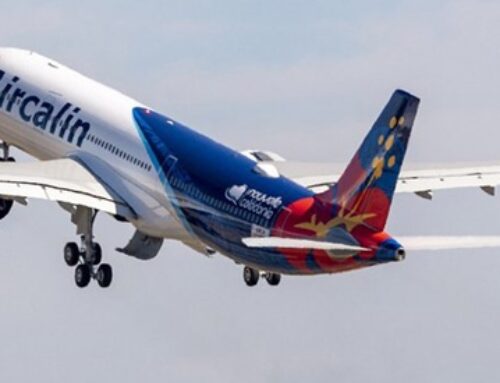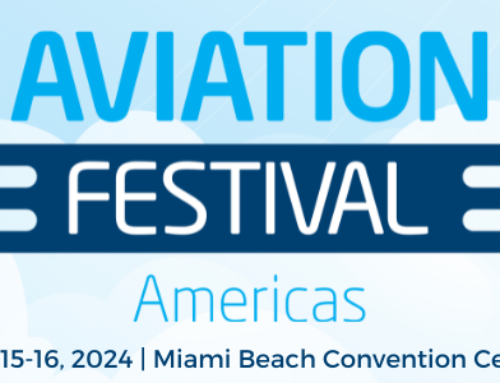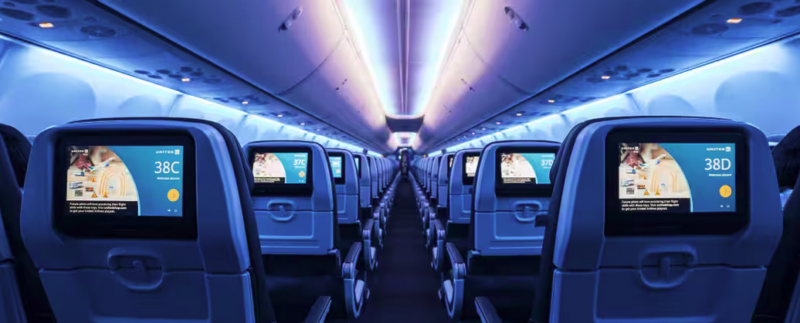
With nearly three million passengers flying daily in the United States alone, maintaining pristine cleanliness on airplanes is no small feat. While dedicated cleaning crews work diligently between flights, certain areas tend to accumulate germs due to the rapid turnaround time. Flight attendants have shed light on five particularly dirty spots that passengers may want to be cautious about during their air travel.
- Instruction Cards: According to Josephine Remo, a flight attendant and travel blogger, the safety instruction card in the seat pocket is the dirtiest spot on a plane. Unlike tray tables, these cards are often overlooked during cleaning routines. After reading safety instructions, it’s advisable to use hand sanitizer or a wet wipe to eliminate potential germs.
- Overhead Bins: The overhead bins, touched by numerous passengers and rarely cleaned, are identified by Remo as high-touch areas. While it’s challenging to avoid contact with them, a simple measure is to wipe down or use a cloth to open the bins. A quick application of hand sanitizer afterward can help mitigate any potential risks.
- Tray Tables: Flight attendant Sue Fogwell emphasizes the need to clean tray tables thoroughly. Beyond general grime, a 2015 study by Travelmath revealed that tray tables had nearly eight times more bacteria per square inch than the second-dirtiest place. Wiping down the tray table upon boarding, especially before meals, is a prudent practice.
- Seat Covers: Fogwell highlights that seat covers may not always be replaced or cleaned unless reported. For passengers concerned about hygiene, disposable or reusable seat covers are available in the market, providing a protective barrier between themselves and the seat.
- Bathroom Handles: While airplane toilets are regularly cleaned, Remo points out that the locks and door handles are often overlooked. Passengers are advised to use hand sanitizer after stowing luggage, touching items in the seat pocket, and visiting the bathroom.
Additionally, flight attendants and a 2019 study by the Hunter College NYC Food Policy Center caution against consuming ice and tap water on planes due to potential contamination concerns. Maintaining personal hygiene practices, such as using wipes and sanitizer, can further enhance passenger safety during air travel.

